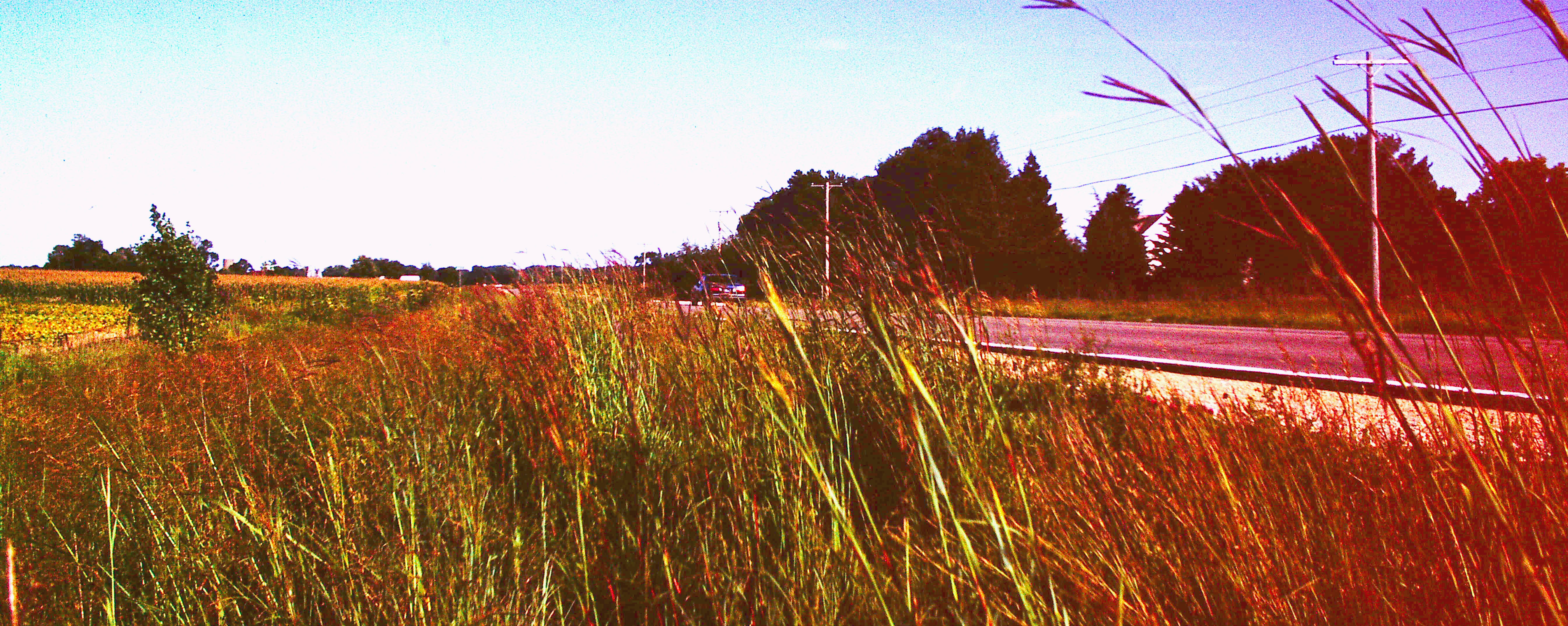History
Table of Contents

IRVM techniques were introduced to Iowa in the mid-1980s to protect groundwater and surface water from herbicide contamination. Roadside weed control had previously relied exclusively on herbicides, with most counties employing blanket spraying (also known as “broadcast spraying”) to spray vast swaths of the roadside.
Besides being expensive and potentially harmful, blanket spraying was unsustainable and ineffective. It created openings for weeds to grow by weakening roadside grasses and eliminating beneficial broadleaf species.
At this time, the Iowa Department of Transportation began using native prairie grasses and wildflowers to control erosion and reduce mowing fuel costs, as native plants require less mowing than cool-season grasses. A few county conservation boards were also experimenting with this naturally adapted alternative roadside vegetation.
In 1988, the Iowa Legislature passed legislation adopting parameters for IRVM into state code (Section 314.22). The program's cornerstone was native vegetation in Iowa roadsides. The Living Roadway Trust Fund (LRTF) was created the following year to support state, city, and county roadside projects. For more information about the history of IRVM and LRTF, see the 2018 report by Jean Eells, “Iowa’s Living Roadway Trust Fund and Integrated Roadside Vegetation Management Program.”


